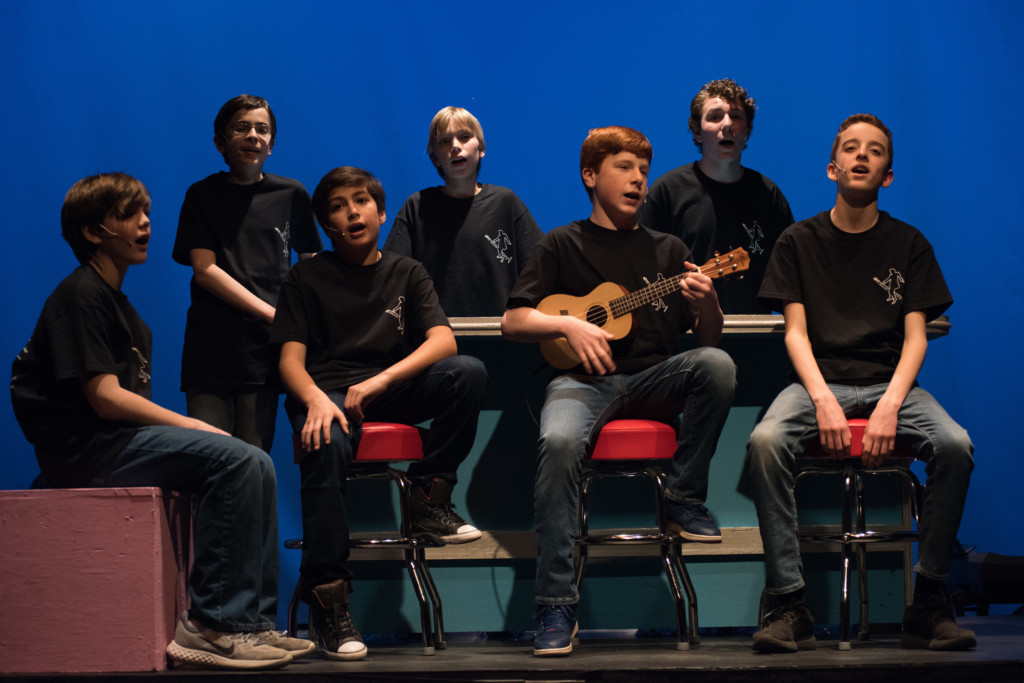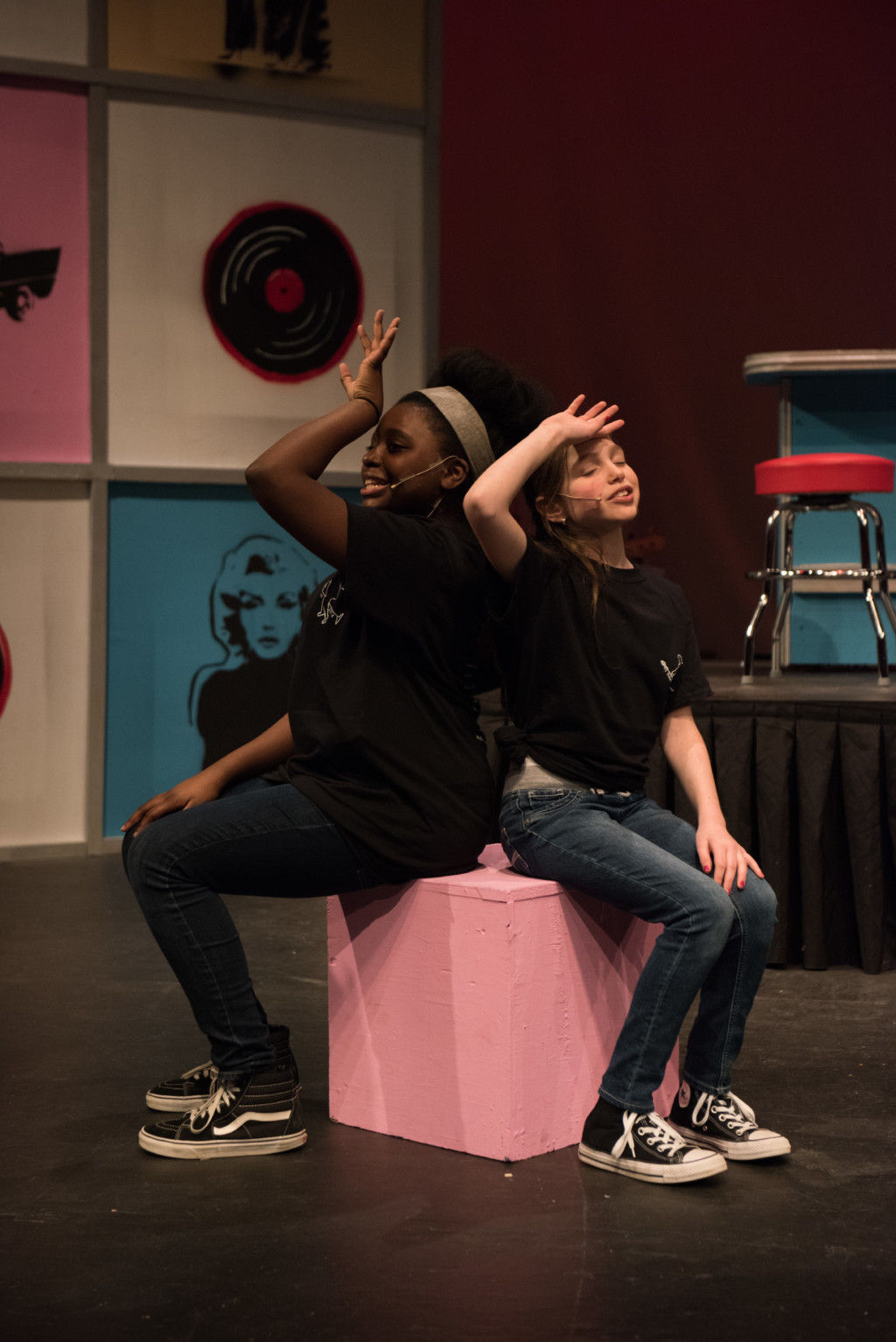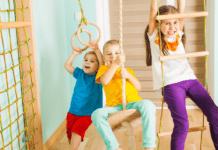Art education gets a bad rap – Well maybe not a bad rap, but certainly it is often misunderstood and ignored. The last string of Presidents placed the importance of education in the hands of math and science teachers, citing the need to prepare our young people for competition in a global economy. And while it is obvious that we need to create leaders in business and technology, art education must remain prevalent, if not central in our curriculum. Art brings balance and emotional stability while developing cognitive abilities that are not always nurtured by other academic offerings. Art education is crucial at every grade level, particularly the middle school years.
 Think back on your middle school experience for a moment. It is one of the most difficult times of life to navigate. The term ‘middle’ implies transition in that there is something happening between the beginning and the end. The month of March is in the middle of winter and spring. The cliché ‘in like a lion and out like a lamb’ is used to characterize the seasonal changes that happen in March. The same is true as we move from childhood to becoming young adults; the middle school years are accompanied by great change.
Think back on your middle school experience for a moment. It is one of the most difficult times of life to navigate. The term ‘middle’ implies transition in that there is something happening between the beginning and the end. The month of March is in the middle of winter and spring. The cliché ‘in like a lion and out like a lamb’ is used to characterize the seasonal changes that happen in March. The same is true as we move from childhood to becoming young adults; the middle school years are accompanied by great change.
Remember middle school when our bodies were held hostage by puberty? We went roaring through those preteen years, fighting off cracking voices, emotional upheavals, sudden hair and unwanted smells. Eventually things settled down and because of some powerful middle school teachers, we started to consider our lives as young scholars exploring the opportunities that await us after graduation. And in the midst of all this, the art class acting as a silent agent aided our emotional development and cognitive growth.
There have been scores of studies conducted that prove the beneficial relationship between arts education and higher test scores and enhanced cognitive development. Looking over 62 different studies from 100 researchers, a report by the Arts Education Partnership uncovered that school children who are exposed to drama, music, and dance are often more proficient at reading, writing, and math.
Similarly, another study found that students performed better on six different categories of literacy and critical thinking after participating in Learning Through Art, a program through the Solomon R. Guggenheim Museum which sent artists into school to teach students and help them create their own masterpieces.
In “Neuroeducation: Learning, Arts and the Brain,” John Hopkins researchers shared findings that arts education can help rewire the brain in positive ways, including transferring the mastery of skills like motor control, attention, and motivation from music training to all areas of study pursued by that same student.
Similarly, a study on the Maryland school system, “Reinvesting in Arts Education” found that arts education may contribute to the learning process itself. The study uncovered that skills learned in visual arts could help improve reading and the counterparts fostered in playing an instrument could be applied to math.


Studio Thinking 2: The Real Benefits of Visual Arts Education, the best-selling book that compiles research and examines the role of art education in schools lays out the skills associated with art classes. “Such skills include visual-spatial abilities, reflections, self-criticism, and the willingness to experiment and learn from mistakes. All are important to numerous careers, but are widely ignored by today’s standardized tests.”
Independent schools like The Harvey School have the ability to exercise the full scope of art classes, allowing for exploration because they are not tethered to the requirements of Federal and local offices. Many public schools are committed to this as well despite the restrictions. Whatever the case, the arts need to breathe in the curriculum and provide a necessary breath for young, formative minds. Schools and parents must work together to secure the study of art as a staple of standard curriculum.
by Vinny Alexander
Director of The Walker Center for The Arts at The Harvey School
About The Harvey School
Located in Katonah, New York, The Harvey School is a coeducational college-preparatory school for students in grades 6 through 12 with an optional five-day residential program for students in grades 9 through 12. Serving 360 students, The Harvey School fosters lifelong learning and inspires students to develop the confidence and leadership qualities necessary to succeed in a diverse, competitive, and changing world. Its commitment to small class size and community cultivates the strengths of each student through academic excellence, artistic exploration, athletic achievement, community service, and global understanding. Learn more about The Harvey School at www.harveyschool.org.




















